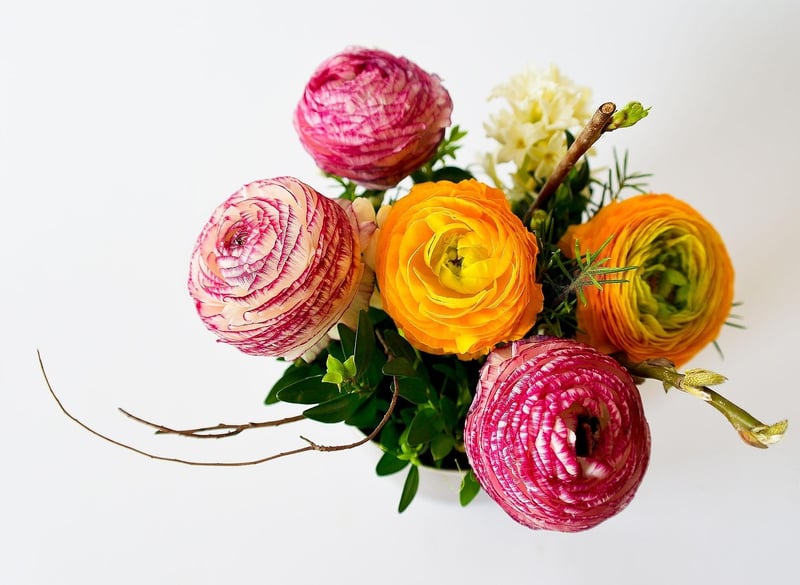Symbolic arrangements
The Elements of Zen and Symbolic Arrangements
Zen philosophy, rooted in the practices of Zen Buddhism, emphasizes simplicity, mindfulness, and the beauty of the present moment. One way to embody these principles in daily life is through mindful arrangements that carry symbolic meaning. Let's explore some key elements of Zen and how they can be reflected in symbolic arrangements.
1. Simplicity
In Zen philosophy, simplicity is key. Clearing clutter and embracing minimalism can help create a sense of calm and focus. In symbolic arrangements, this can be represented by using clean lines, uncluttered spaces, and a limited color palette. A single flower in a plain vase or a carefully placed rock can convey the beauty of simplicity.

2. Balance
Balance is a fundamental concept in Zen, representing harmony and equilibrium. In symbolic arrangements, balance can be achieved through the careful placement of elements to create a sense of visual stability. Symmetry and asymmetry can both be used to evoke a feeling of balance and tranquility.

3. Nature
Nature plays a central role in Zen philosophy, with its beauty and impermanence serving as reminders of the transient nature of life. Symbolic arrangements often incorporate elements from nature such as flowers, rocks, or branches to connect with the natural world and evoke a sense of peace and harmony.

4. Mindfulness
Mindfulness, or the practice of being fully present in the moment, is a core tenet of Zen philosophy. Symbolic arrangements can serve as mindfulness tools, encouraging us to slow down, observe, and appreciate the beauty in simple things. Taking the time to arrange a few objects mindfully can be a meditative practice in itself.
5. Imperfection
In Zen aesthetics, imperfection is celebrated as it reflects the natural course of life. Symbolic arrangements can incorporate elements of imperfection, such as asymmetrical compositions or weathered materials, to embrace the beauty of impermanence and the passage of time.

By incorporating these elements of Zen into symbolic arrangements, we can create spaces that not only please the eye but also nourish the soul, reminding us to embrace simplicity, balance, nature, mindfulness, and imperfection in our lives.
